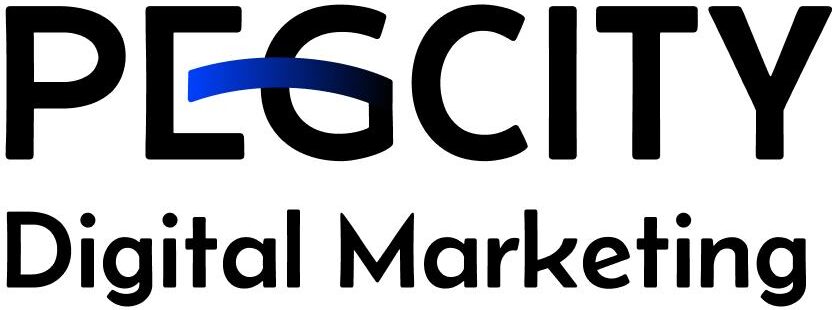What are Core Web Vitals? As digital competition grows fiercer, delivering a fast and seamless user experience is no longer optional—it’s essential. That’s where Core Web Vitals come in. Introduced by Google as part of its ranking signals, these metrics help determine how well your website performs in real-world user interactions. In short, Core Web Vitals are at the heart of modern SEO performance.
What Are Core Web Vitals?
Core Web Vitals are a set of specific metrics that measure the quality of user experience on a website. Google currently focuses on three main factors:
1. Largest Contentful Paint (LCP)
LCP measures loading performance. Specifically, it tracks the time it takes for the largest visible element (like an image or large block of text) to load in the viewport.
✅ Good: Less than 2.5 seconds
⚠️ Needs Improvement: Between 2.5 and 4.0 seconds
❌ Poor: More than 4.0 seconds
2. First Input Delay (FID)
FID tracks interactivity—how long it takes for your website to respond to a user’s first action, like clicking a button or a link.
✅ Good: Less than 100 milliseconds
⚠️ Needs Improvement: 100–300 ms
❌ Poor: More than 300 ms
Note: In March 2024, Google replaced FID with Interaction to Next Paint (INP) as a better measure of real-world responsiveness.
3. Cumulative Layout Shift (CLS)
CLS evaluates visual stability. It measures how much your content moves around while loading, which can be frustrating for users.
✅ Good: Less than 0.1
⚠️ Needs Improvement: 0.1–0.25
❌ Poor: More than 0.25
Why Are Core Web Vitals Important for SEO?
Google made it clear: Page experience is a ranking factor. While Core Web Vitals alone won’t skyrocket your rankings, they contribute to your overall SEO score—especially for pages with similar content.
Here’s how they impact your site:
Better rankings in Google search (especially mobile-first indexing)
Lower bounce rates due to smoother performance
Higher engagement and conversions, as users are more likely to interact with a fast, stable site
Core Web Vitals vs. Traditional SEO Metrics
Traditional SEO focuses on keywords, backlinks, and metadata. Core Web Vitals add a technical UX dimension to the mix. In other words, even if your content is optimized for keywords like digital marketing services or SEO agency in North America, a slow and clunky site can still hurt your rankings.
Think of it this way: good SEO gets users to your site, but Core Web Vitals keep them there.
How to Check Your Core Web Vitals
There are several tools you can use to monitor and improve these metrics:
Google PageSpeed Insights – Breaks down each Core Web Vital with suggestions
Lighthouse – Available in Chrome DevTools for advanced audits
Google Search Console – Offers a dedicated Core Web Vitals report
Web Vitals Chrome Extension – Provides real-time feedback during browsing
Ways to Improve Core Web Vitals
Here are a few practical tips our SEO team at PegCity Digital Marketing uses when optimizing websites:
Optimize images and videos for faster LCP
Minimize JavaScript execution to improve INP
Use proper size attributes for images to reduce layout shifts
Implement lazy loading to defer non-critical assets
Prioritize mobile optimization (Core Web Vitals are mobile-first metrics!)
Core Web Vitals and Your Business
For small and medium businesses, especially in North America, Core Web Vitals can give you a competitive edge. Users expect fast, frustration-free browsing. If your competitors’ sites are slow or buggy, outperforming them on Core Web Vitals can help you rank higher and win more customers.
Need help optimizing your site’s Core Web Vitals?
At PegCity Digital Marketing, we specialize in technical SEO and performance optimization. From site speed audits to real-time improvements, we help businesses across North America stay ahead of the game.



